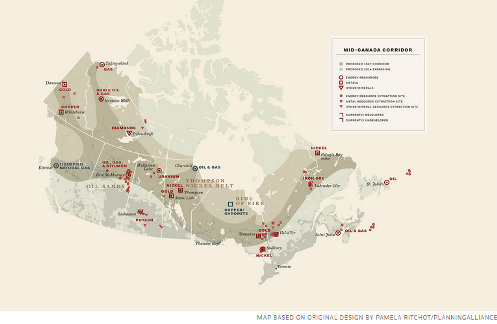The Globe and Mail is Canada’s national newspaper with the second largest broadsheet circulation in the country. It has enormous influence on Canada’s political and business elite.
Feel free to panic about oil.
Okay, on a day when the stock market sell-off teetered on the edge of a soul-crushing rout (before bouncing back to merely awful), this might seem like I’m sounding the alarm bell about the wrong market. But it’s not like we’ve never seen an October stock market slump before. ’Tis the season when money managers, eyeing their Oct. 31 fiscal-year-end positions, get nervous and jerky in the knees.
Yes, the Canadian stock market is down 11 per cent since early September, but let’s try to remember that this was after rising 23 per cent in the 12 months prior. This is normal and manageable. A standard-order correction in stocks, even if it’s a sudden and dramatic one, is not likely to undermine Canada’s economic recovery.
But oil just might.
The undisputed champion of fossil fuels is falling like a skydiver with an anvil parachute; down 15 per cent in a little over two weeks, nearly 25 per cent in the past four months. The statement that makes about the spiralling gloom over the global economy is bad enough in itself.

























